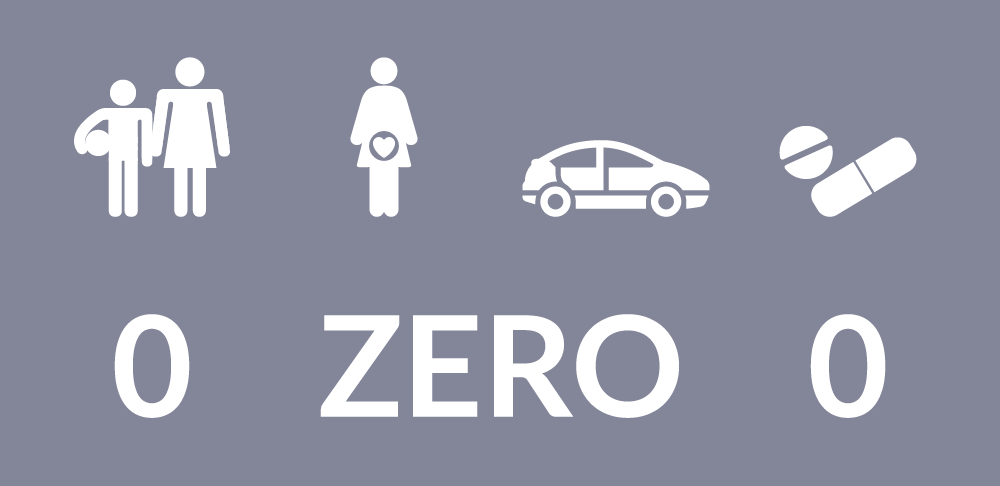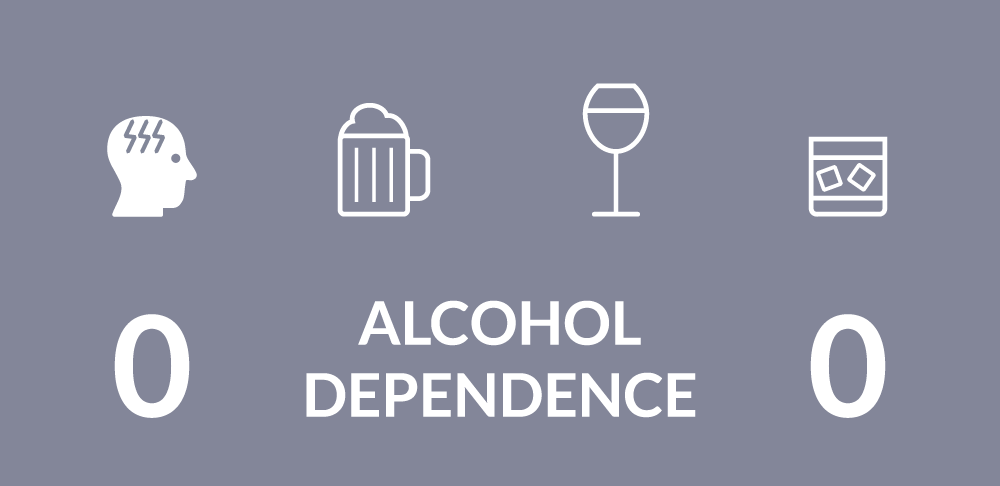Alcohol has a legitimate role in society when enjoyed responsibly by legal purchase age adults who choose to drink. When enjoyed in moderation, alcohol can be part of a healthy lifestyle that includes good diet and exercise.
Responsible drinking means:
- Drinking enjoyably, sociably and pacing yourself.
- Drinking within the dietary guidelines for moderate alcohol consumption. In most countries across Europe, low-risk drinking guidelines are set at 1 or 2 drinks a day and not every day.
- Not drinking at all in situations when the effects of alcohol will put someone’s safety or health at risk – such as when driving, when pregnant or in certain work situations.
- As a parent it means being aware of the risks associated with underage drinking and setting an example of moderation.
On the other hand, heavy drinking (more than 4 drinks on any day or 14 per week) is associated with increased risk of a range of health and social harms, including damage to your internal organs, accidents and injuries, and difficulties in functioning positively in family, work and community life. Liver damage is strongly associated with long-term heavy drinking and may culminate in cirrhosis. Scientific studies have shown as well that such an heavy consumption is associated with an increased risk of certain cancers, some cardiovascular conditions and alcohol use disorders. An individual’s risk for a given disease is also influenced by their family history of disease, genetics, current health status, nutrition, and lifestyle and environmental factors.
For you to make an informed-decision, we suggest you follow the dietary guidelines for moderate alcohol consumption published by national public health authorities (click here). Lastly, for anyone with concerns about their health, we would always recommend that they speak to their doctor.
– 0 – ZERO – 0-
In any case, there are situations in which you should not drink any alcohol:

0 – When below legal drinking age: The low-risk drinking guidelines are designed for adults and not for minors who cannot handle alcohol as well as adults. They often weigh less and have less water in their bodies to dilute the alcohol; they have fewer of the enzymes that help the liver eliminate alcohol; and the brain – under development – is more vulnerable to damage by alcohol. Drinking at this time of physical and emotional change – particularly heavy drinking — could have long-term, negative physical and psychological consequences For these reasons, there is legal drinking age in place designed to protect growing young people from harm, as their bodies, brains and judgment are still developing. . Families should be aware and understand the laws about these legal age limits and how they apply to drinking inside and outside the home.
0 – During pregnancy and breastfeeding: If you drink when you’re pregnant, alcohol from your blood crosses the placenta and enters the baby’s blood. As the foetus is still developing it takes longer for its liver to break down the alcohol, potentially exposing its organs and tissues to alcohol. This can result in mental and physical problems in the baby, such as foetal alcohol syndrome and may increase the risk of miscarriages. As no threshold of safe drinking when pregnant has been established, the scientific community believes that abstaining from drinking is the safest choice. In any case, you can always discuss your drinking with your doctor and get help if you need it.
Alcohol in the mother’s bloodstream passes into breast milk and can cause poor feeding, irritability and sleep disturbance. Alcohol clears from a mother’s milk at the rate of around one drink every two hours. So it is best to avoid alcohol before breastfeeding, or to plan ahead and express milk if drinking alcohol later.
0 – When driving a car, motorbike or operating machinery: Because alcohol goes into your blood and brain, it affects your reactions very quickly: your reflexes slow down, your field of vision narrows and you underestimate hazards and risks, slowing your “thinking distance”. That’s why drink drive limits exist, measured by the content of alcohol in your blood (blood alcohol content or BAC, measured in grams of ethanol per liter of blood).
On average, each drink increases your BAC by 0.02 to 0.03g/l – so you reach the legal limit rapidly. Your BAC will also be affected by whether you’ve eaten, your age, size and sex – so you can’t accurately calculate and it’s just not worth the risk.
0 – When using drugs/medicine: People on medication should be extra cautious and check with their doctor or pharmacist to see whether alcohol is contraindicated. When taken in combination with certain medications, particularly those commonly prescribed for epilepsy, high blood pressure and the common cold, alcohol can cause dizziness and drowsiness. Mixing alcohol with medication for rheumatism, arthritis, pain, infection and depression can cause serious physical and psychological problems. Alcohol can also increase the sedative effect of benzodiazepines and other drugs, increasing the danger of falling.

0 – Alcohol dependence: To avoid physical and psychological addiction, the recommendation is that everyone should abstain from drinking at least one day a week. That’s another reason for 0.
Regular heavy drinking – even if you don’t feel drunk! – has short and long term physical and psychological risks. It is important to stop drinking alcohol altogether if:
- If you have had severe problems with alcohol previously.
- If due to alcohol you have had problems at home or at work.
- If you tried to cut down your consumption and were not successful.
- If you notice that other people express concern about your drinking.
- If you feel guilty about your drinking.
- If you get the shakes and/or nausea in the morning.
- If you regularly take an alcoholic drink first thing in the morning.
- If you have a health problem that could be made worse by alcohol e.g. liver disease, diabetes, hypertension.
If you have doubts on where you are about your alcohol consumption, take the “AUDIT self-reported test” (WHO):
